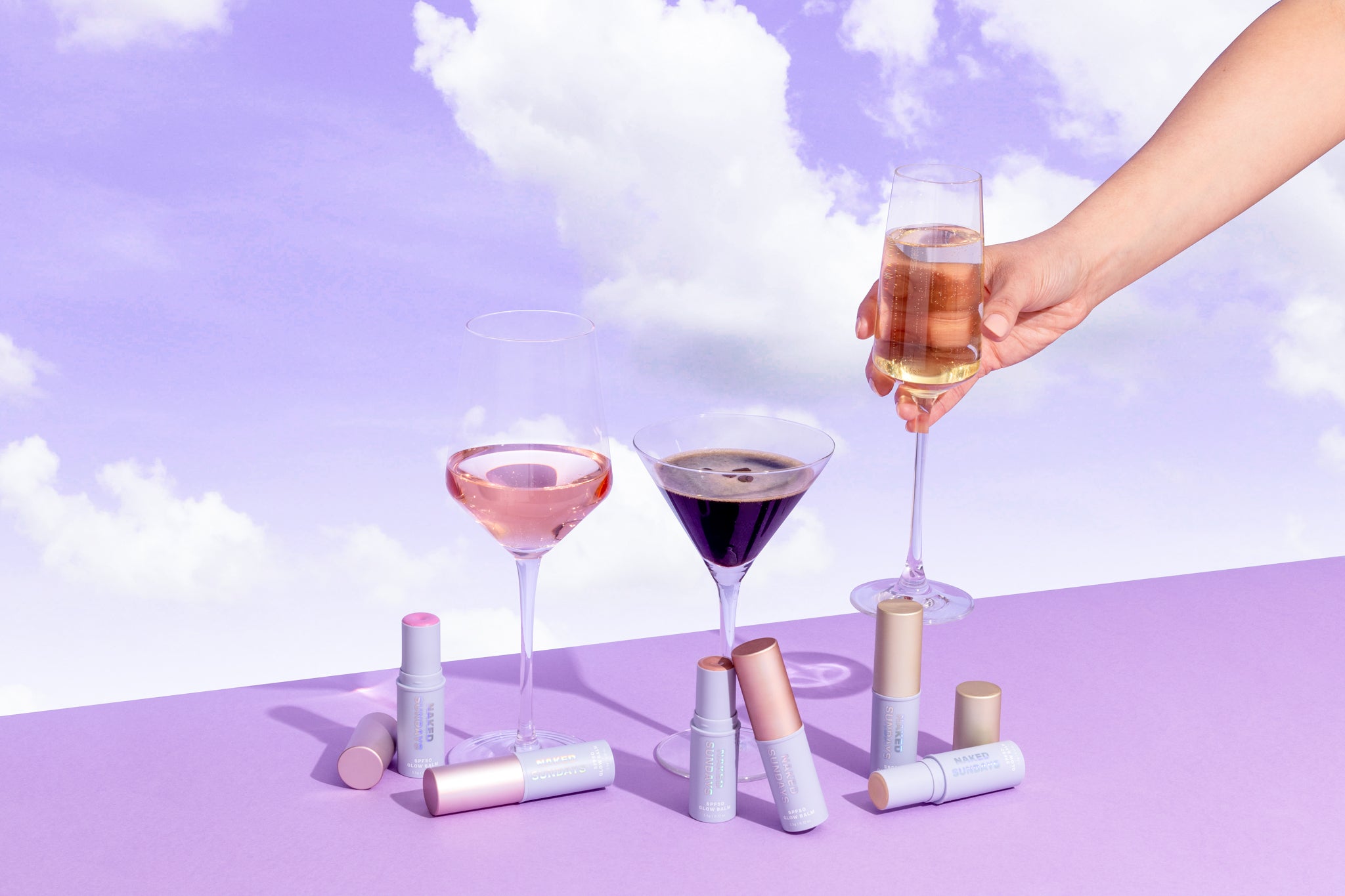
Another day, another TikTok trend .... Enter; SPF Cocktailing ... mixing pigmented makeup such as foundation, tinted moisturiser or liquid bronzer, illuminators and primer with SPF before applying it to the face. (NOTE: A different trend to our SPF50 CabanaGlows which are specifically formulated to be mixed pre-application)
There are so many factors that go into getting an SPF formulation just right and every single one goes through more tests than you can even imagine to ensure it’s safe, stable and able to protect your skin. Therefore you should never be mixing anything with your SPF. Layering? Absolutely. Pre-mixing? Not unless it's an espresso martini.
Not convinced? We spoke with Dermatologist Dr Katherine Armour to get the 411on SPF Cocktailing and why this is one drink that belongs down the sink.
Naked Sundays: How does SPF work to protect skin?
Dr Katherine Armour: Sunscreen protects the skin against ultraviolet radiation either by reflecting (physical) or absorbing (chemical) UV rays to minimise their impact. Some sunscreens contain a mixture of chemical and physical filters.
NS: Is mixing makeup and SPF a bad idea?
KA: Mixing your sunscreen with makeup is a terrible idea! Sunscreen formulation is a science. In order for your sunscreen to deliver the SPF listed on packaging, the product needs to be applied as recommended. This means in the correct amount, and reapplying your sun protection every 2 hours. Applying your makeup over your sunscreen is fine (and, in fact, may even increase protection against visible light). Please, just don’t mix the two products together.
NS: What happens to your SPF if you mix it with makeup or other skincare products?
KA: Mixing any skincare or makeup product with your sunscreen runs the risk of destabilising the formulation and decreasing your protection against the sun. First of all, you’re likely to dilute the sun protection factor. So, who knows what SPF your intended SPF 50+ may deliver? This may make you vulnerable to sunburn, and, ultimately, premature skin aging, and skin cancers.
There is also the potential for ingredients in your make up to inactivate some of the chemical sunscreen ingredients.
Remember too, that make up often contains small amounts of oils. These may disrupt the sunscreen formulation, leading to microscopic holes in your sunscreen application. Again, your skin may be left vulnerable.
NS: Are there any ingredients that will inhibit the effectiveness of SPF when mixed?
KA: We know that it’s not a good idea to mix separate chemical and physical sunscreen products together. This is because the zinc from one product may inactivate the chemical sunscreen filters in other products. Likewise, oils, can lead to microscopic “holes” in your sunscreen application.
NS: What is the correct way for people to apply sunscreen to ensure they’re protected?
KA: As dermatologists, we recommend approximately 5ml (one teaspoon) of sunscreen for each body area (eg. the face, neck and ears). Sun protection should be applied at least 20 minutes before we venture out in the sun, and should be reapplied every two hours to maintain the SPF indicated on the packaging. If you go swimming, or sweat heavily during exercise, it’s important to reapply your sunscreen earlier, as the coverage on your skin will be decreased under these circumstances. In terms of application of your sunscreen in your morning routine, it should be applied after your skincare, without mixing it with other products, and is the last step before applying makeup.



Leave a comment